Green’s Blues Dwarf Camellia Sasanqua – 3 Gallon Pot
$89.97 Original price was: $89.97.$62.98Current price is: $62.98.
SKU: D2LSC 197854260 Categories: Camellias, Fall Blooming Camellias
- Fast and Secure Payments
- Shop with Peace of Mind
- Get the quality you deserve, for less.
- The home of quality products.

Green’s Blues Dwarf Camellia
Camellia sasanqua ‘Green’s Blues’
Plant Details
USDA Plant Hardiness Zones: 7a-10b Find Your Zone
Plant Type: Evergreen Flowering Shrub
Species: Sasanqua (Fall, Winter)
Height at Maturity: 3-5′ depending on pruning
Width at Maturity: 4-6′ depending on pruning
Spacing: 4′ for solid hedges; 10’+ for space between plants
Flower Color: Lavender Cerise aging to Bluish Purple
Flower Size: 3-4″
Flowering Period: Fall, Early Winter
Flower Type: Double
Fragrant Flowers: No
Foliage Color: Dark Green
Fragrant Foliage: No
Berries: No
Berry Color: NA
Sun Needs: Morning Sun with Afternoon Shade or Filtered Sun, All Day Filtered Sun
Water Needs: Average, Lower when established
Soil Type: Clay (amended), Loam, Sand (amended), Silt
Soil Moisture / Drainage: Well Drained Moist
Soil pH: 5.0 – 6.5 (Acid)
Maintenance / Care: Low
Attracts: Visual Attention
Resistances: Deer – more info, Drought (when established), Heat, Humidity
Intolerances: Direct Afternoon Sun, Constantly Soggy Soil
Description
Green’s Blue’s is hands down one of the most unique and interesting fall-blooming Camellia sasanqua on the market. It produces an amazing amount of double flowers that open to a bright lavender cerise color aging to purplish blue. Compact plants growing to only 4 to 5 feet tall and 5 to 6 feet wide are suitable for smaller garden spaces or containers or in groupings or as a low hedge in larger landscape borders.
NOTE: Like a blue Hydrangea, the flowers of Green’s Blues Camellia will be more blue to purple in acidic soils and more pink to deep pink in soils with a neutral pH. Green’s Blues prefers an acid soil ranging from 5.0 to 6.0 on the pH scale. To increase soil acidity apply Soil Sulfur or Aluminum Sulfate as directed on the product label. The use of an composted organic matter as a mulch around the plant can also help to increase soil acidity. SEE: About Soil pH and How To Test and Adjust It
Landscape & Garden Uses
Growing to about 4 to 5 feet tall and 5 to 6 feet wide, the Green’s Blues Camellia is ideal for use as an accent, in groupings, or as a hedge in home foundation plantings and partially shaded landscape borders. Its smaller size also lends well for use in pots, planters and other containers. A fine addition to blue or purple gardens, cottage gardens, cut flower gardens and woodland borders. Also suitable for containers that can be brought indoors during winter by those who garden above USDA Zone 7a, where this variety is not reliably winter hardy. Find Your Zone
Suggested Spacing: 4 feet apart for solid hedge; 10 feet or more apart for space between plants
Note: For our customers who live and garden north of USDA Plant Hardiness Zone 7a, where this Camellia variety is not reliably winter hardy, you’ll be happy to know it can be grown in containers that can be brought indoors during winter and placed back outside when temperatures warm up in spring.
Growing Preferences
Camellia adapt well to various soil types however prefer a moist but well-drained acidic soil that is rich in organic matter. Constantly soggy soil is a slow killer. In general, Camellia grows and blooms better in partial shade with some shelter from the hot afternoon sun. Morning sun with afternoon shade or filtered sunlight is perfect. All-day filtered sun is fine.
Helpful Articles
Click on a below to find helpful advice from our experts on how to plant and care for Camellias.
- Planting Camellias
- Pruning Camellias
- How To Fertilize & Water Camellias
- How To Espalier Plants & Trees
*Espalier (pronounced: ih-spal-yay) …an ornamental shrub or tree that has been trained to grow flat against a wall, fence, or other vertical, flat surface.
Plant Long & Prosper!
Meet The Wilson Brothers & Staff
Questions? Contact Us
Be the first to review “Green’s Blues Dwarf Camellia Sasanqua – 3 Gallon Pot” Cancel reply
Related products
-30%
-30%
-30%
-30%
-30%
-30%
-30%
-30%


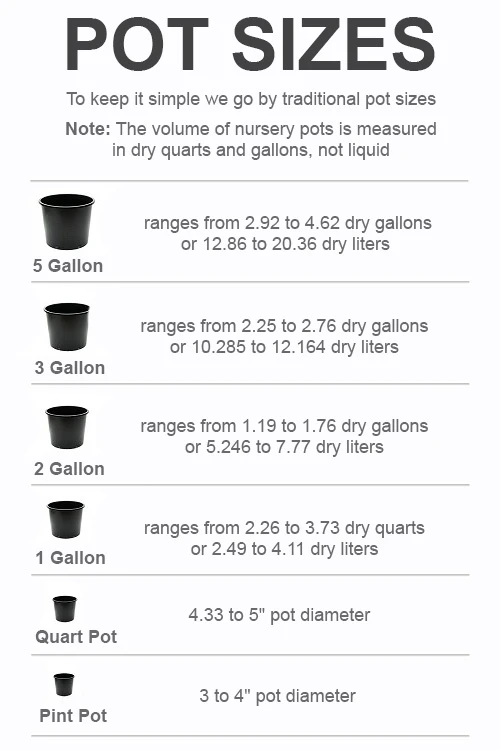

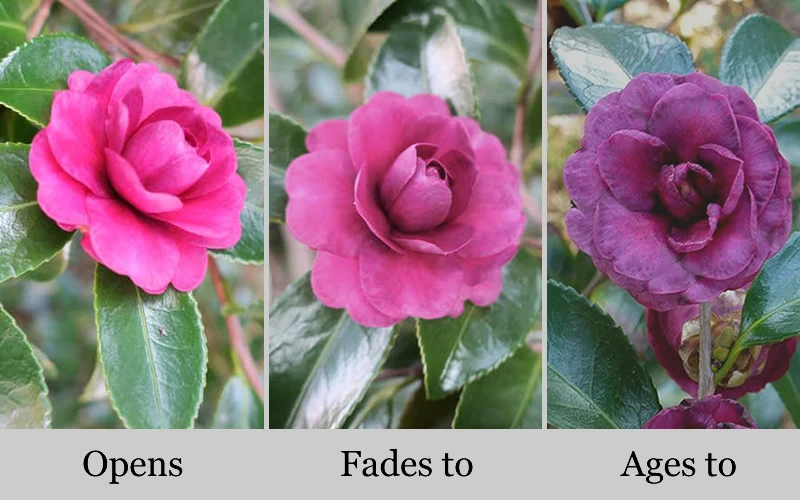


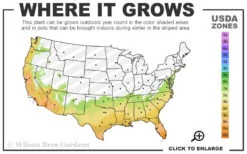
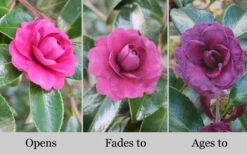




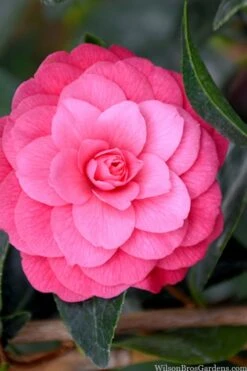
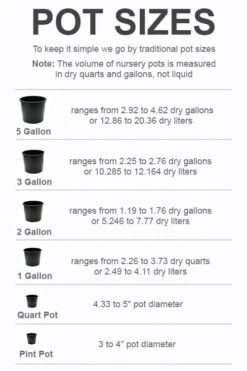
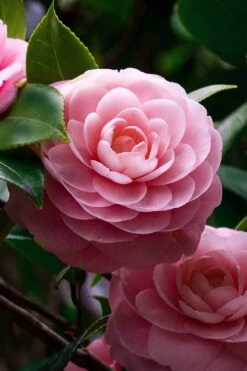

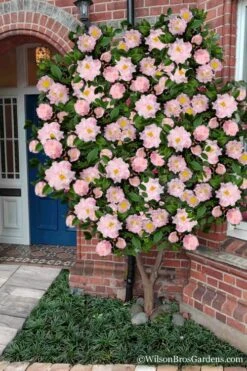

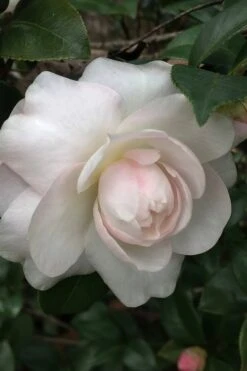


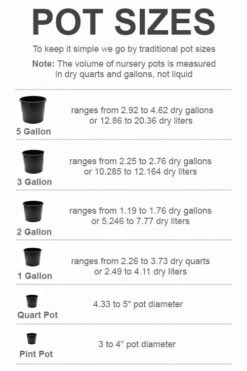
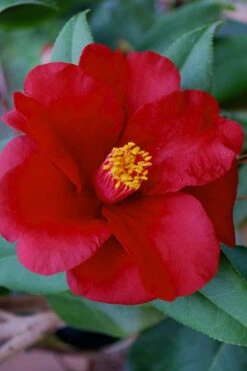
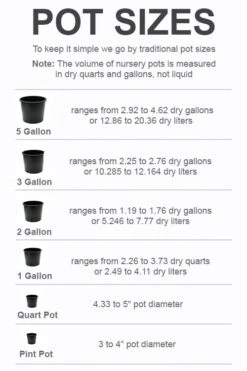


Reviews
There are no reviews yet.